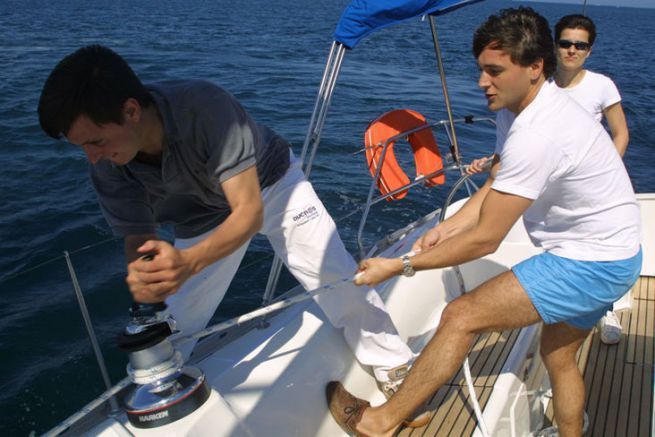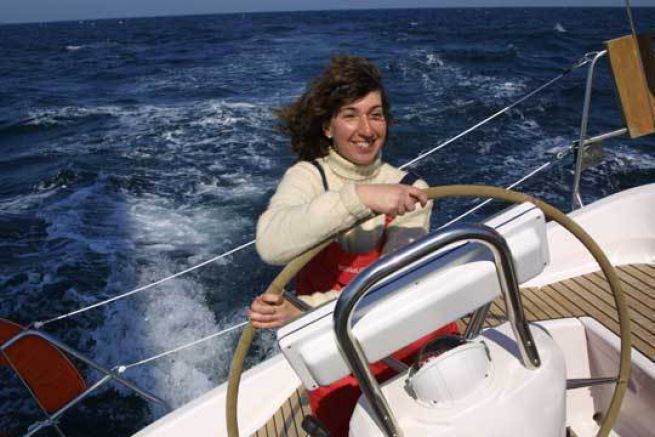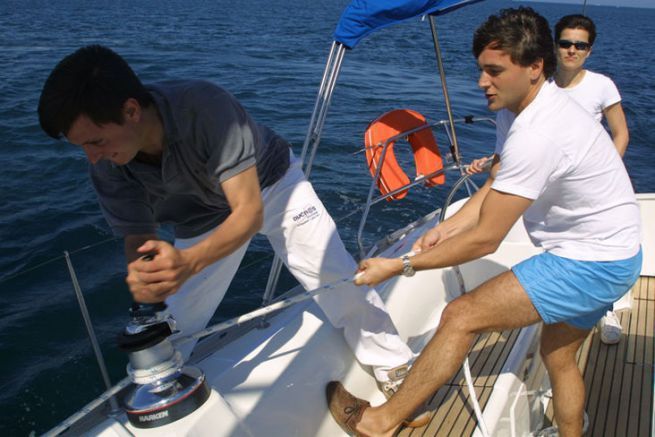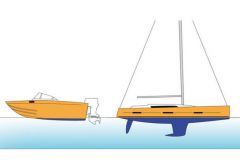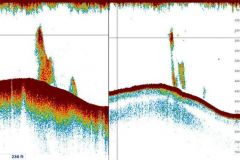Tacking and gybing are tack changes. The wind that came from one side before the manoeuvre comes from the other side after the manoeuvre.

The tack is a change of tack when passing head to wind.
Gybing is also a change of tack, but via the downwind leg.
The transfer
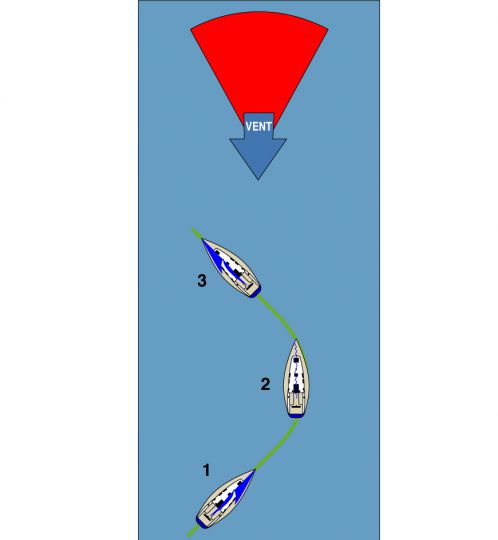
A wire transfer consists of 3 phases:
- We make sure we have a good speed and we start to luff (to take the boat into the wind bed).
- Once facing upwind, the jib sheet is let out to let the sail pass over to the other side. Facing the wind, the sails are set. It is not necessary to shock the mainsail.
- Still at the speed taken at the start, we continue the curve to find ourselves on the other side. We then tack the jib and the boat picks up speed.
Gybing
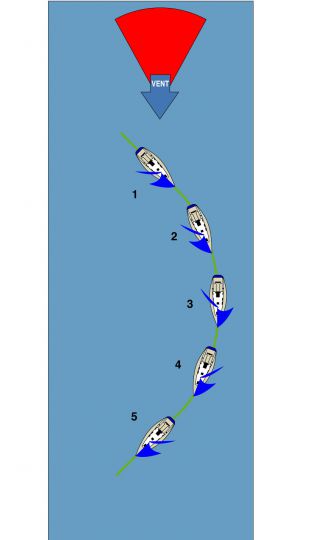
Gybing consists of 5 phases:
- The helmsman drops down to gradually descend into the wind bed
- The sailboat is now in full tailwind.
- We start by changing the jib. With the mainsail down, it won't be difficult to get through.
- We then pass the mainsail on the other side. Watch out for the passage of the boom, keep your heads down! It is preferable to accompany the movement of the boom (which can be very violent) with the mainsail sheet.
- The helmsman can then luff to the desired point of sail on the other side while trimming the sails.
